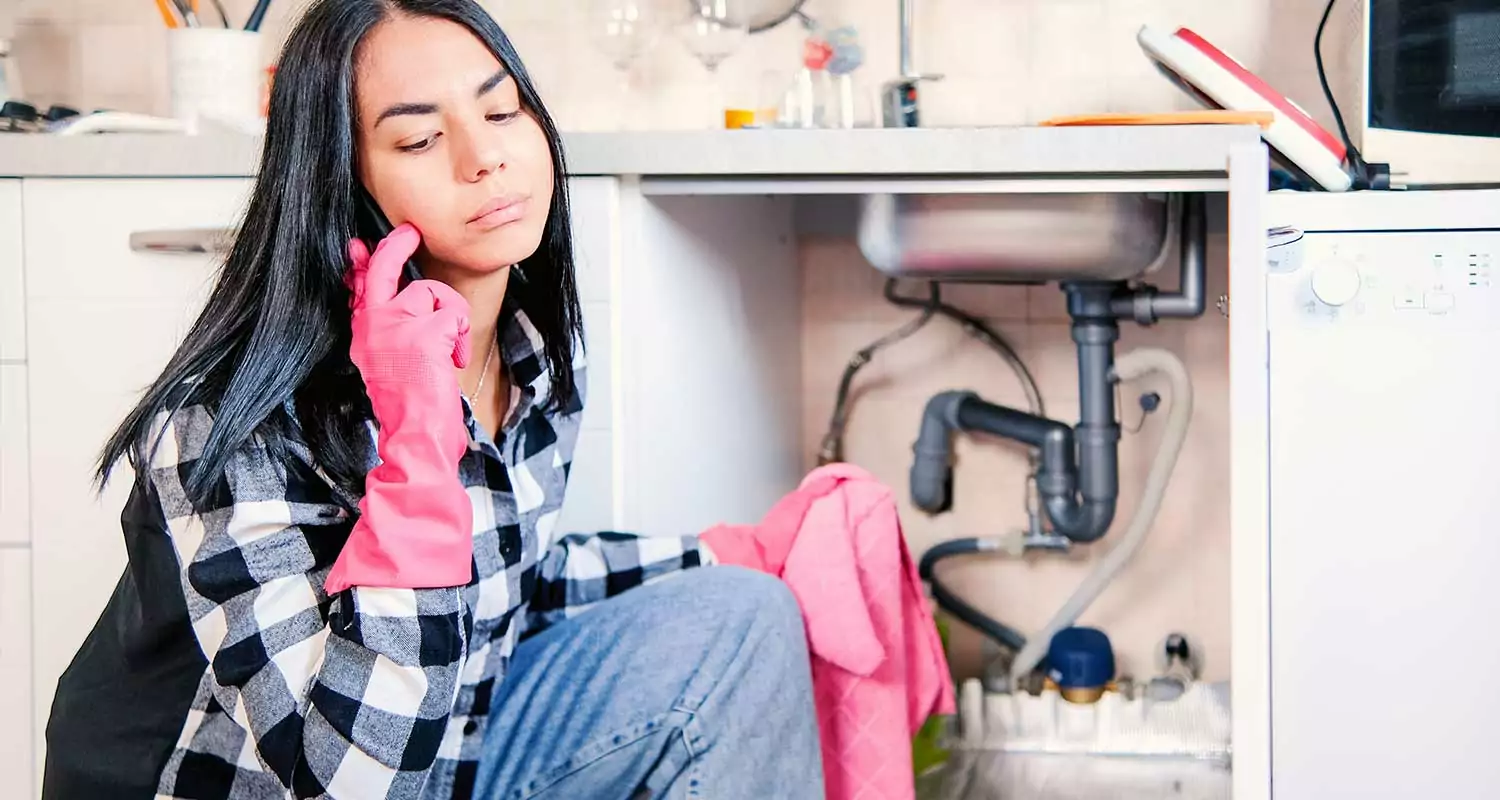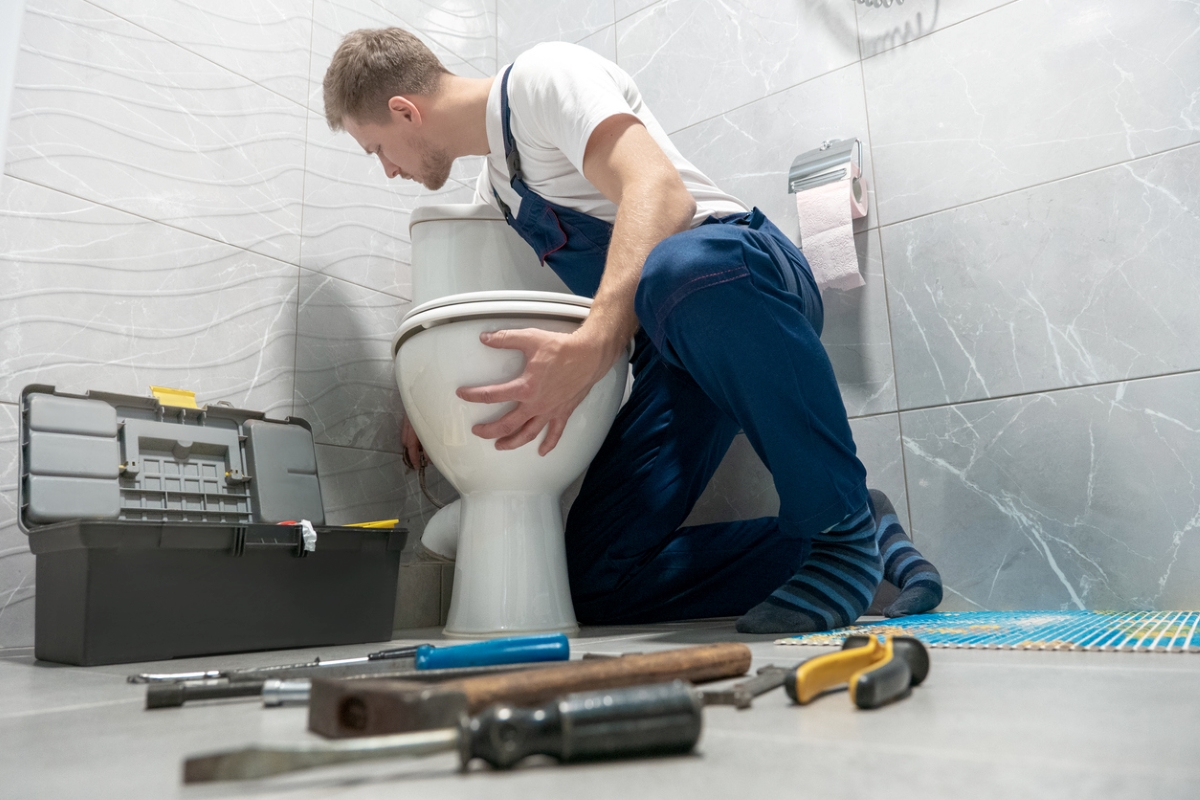How do you really feel in regards to DIY vs. Professional Plumbing Repairs: When to Call a Pro?

Intro
Plumbing concerns can vary from small aggravations to major migraines, usually motivating property owners to decide in between tackling the trouble themselves or employing a specialist plumbing. Understanding when to do it yourself and when to look for professional aid can save time, money, and stop possible calamities. This short article checks out the aspects to think about when making this critical decision.
Benefits of Do It Yourself Plumbing
Handling plumbing tasks on your own can be fulfilling in a number of means, especially for easier jobs.
Complexity of Jobs
Some pipes problems require specialized knowledge and tools beyond common house owner capabilities. Mishandling complicated troubles can lead to more damages and pricey fixings.
Security Worries
Working with pipes systems entails dangers such as direct exposure to water damage, possibility for electrical dangers, and managing devices incorrectly. Safety and security precautions need to be observed to stop accidents and make sure effective fixings.
Indicators to Call a Professional Plumbing
Identifying when a pipes issue surpasses do it yourself capabilities is essential to avoid intensifying problems.
Indicators of Complicated Problems
Examples consist of:
Trigger professional intervention is essential to deal with these issues effectively and reduce damages.
Do It Yourself Pipes Tips
For successful DIY plumbing, it's essential to be prepared with the right devices and comply with proper treatments.
Basic Devices and Products
Trick devices for DIY pipes:
Step-by-Step Guides
Clear instructions make certain safe and effective DIY fixings:
Picking the Correct Time to DIY
Determining when to take on plumbing tasks on your own needs evaluating both the intricacy of the concern and personal comfort levels.
Analysis Checklist
Consider:
Cost Cost savings
DIY pipes projects typically save money by avoiding specialist service charge. Jobs like dealing with small leakages, changing taps, or mounting new showerheads are examples where homeowners can handle fixings without employing a plumber.
Ability Enhancement
Engaging in do it yourself pipes offers a possibility to find out and enhance practical skills. Standard jobs encourage homeowners to understand their pipes systems better and acquire self-confidence in taking care of tiny repair work separately.
Threats of DIY Pipes
While DIY jobs provide benefits, particular dangers need to be very carefully considered prior to trying fixings.
When to Definitely Call a Professional
Specific situations demand instant professional focus to stop considerable damage or security hazards.
Emergency Circumstances
Instances consist of:
Searching for and Hiring a Professional Plumbing
Choosing a certified plumber guarantees trustworthy solution and comfort in solving plumbing concerns.
Standards for Option
Factors to consider:
Cost Analysis: DIY vs. Specialist Providers
Contrasting the financial implications of DIY efforts versus expert plumbing solutions helps in making educated choices.
Financial Considerations
Review:
Conclusion
Making a decision whether to DIY or call an expert plumbing technician depends upon understanding the complexity of plumbing problems and personal capacities. By considering the benefits and threats, home owners can make educated selections that promote efficient maintenance and guard their homes from plumbing calamities.
When to DIY and when to call a professional plumber
There are Australian laws and regulations that regulate plumbing work in Australia. This means that there are few home plumbing tasks that you can DIY. Besides, a lot can go wrong with DIY plumbing projects. However, there are also plumbing works that you can successfully DIY. Read on to know when to DIY and when to call a professional plumber.
You can learn more about the risks of DIY plumbing projects, projects requiring special caution, and illegal DIY plumbing works to avoid. This post concludes with the services of commercial plumbers and why getting expert help is essential.
Reasons to Attempt DIY Plumbing Projects
While it is often not advisable to perform DIY plumbing repairs, several pros of DIY plumbing projects can make them attractive.
Save costs
A significant reason for doing DIY plumbing jobs is to save costs. It is possible to save on labour charges and overall fees if you buy the needed tools and parts from local hardware stores and do the repairs yourself.
Gaining experience
You can gain some hands-on experience in basic plumbing repair if you watch online videos and attempt the repairs yourself.
Confidence boosting
You can boost your confidence and self-reliance skills by performing DIY plumbing repairs and installations yourself.
Risks of DIY Plumbing Projects
If something goes wrong with your DIY plumbing project, you may have unfavourable results that you may consider the cons of DIY plumbing.
For one, your home may get so extensively water-damaged that your home and contents insurance will not cover you. You will also have to spend more money to repair the water or sewage problem than you would otherwise spend for professional plumbing jobs. Besides, you may often spend more time on DIY plumbing work than an experienced plumber would spend. This is because you may not have the needed skill set. There are also related safety hazards and potential threats of DIY plumbing jobs that you may need to consider. Plumbing Issues You Can Fix Yourself
You can attempt DIY plumbing for plumbing issues such as replacing tap washers, installing shower heads or performing minor tap leak repairs. However, it would help if you invited licensed plumbers to fix complex leaking showers, effectively deal with blocked drains, or repair hot water systems. This is the best way to ensure these plumbing issues are correctly fixed, and the project is insured.
Fixing clogged or blocked drains
You may have clogged drains or need help with slow-draining showers. These are tasks that you can resolve yourself using several options. To fix blocked drains, you may use baking soda, plungers, or wire hangers. Meanwhile, you can take the preventive measure of installing filtration systems such as drain filters to help prevent drain clogs.
New faucet installations
It is possible to install a new faucet yourself. You would have to turn off the hot and cold water valves. Then, you can remove and fix the old faucet and replace it with the new one.
Leaky faucet repairs
While leaky faucet repairs are more technical than installations, you can also take some steps to fix them. Turning off water valves is the first step in draining water from plumbing systems. Next, you can use a washcloth to cover the drain and remove the decorative handles.
This will allow enough room to unscrew the nuts that attach the faucet handle to the stem. Your final step is to take out and replace the old washers and O-rings with the new duplicates.
Fixing running toilets
An occasional DIY solution for running toilets is to restore the flapper in the tank to its proper place.
Burst pipes
You may have issues with your exterior plumbing fixtures. It may simply be that your inbound or outbound pipes have worn out, or you may have burst pipes due to flooding or large tree roots.
You may also have frozen pipes. These are all instances when you need to call a professional plumber. They will perform pipe inspections to locate the problem and implement solutions such as pipe relining.
Interior plumbing repairs
It's usually time to call a competent plumber if you want to do plumbing repair work on floors, ceilings, or the walls of your building. They can also help you fix faulty showers and sinks.
Plumbing renovation
Major renovation projects or plumbing jobs such as bathroom remodelling and bathroom renovations require the services of a professional plumber. Likewise, you need a professional plumber to fix your kitchen sink or plumbing. They can help you get the required plumbing permits. At the same time, they know what building codes apply to such renovation projects.

Hopefully you liked our post about When to DIY and When to Call in the Plumbing Pros. Thank you for taking time to browse our blog. Kindly take the time to share this entry if you enjoyed it. I appreciate your readership.
Get Estimate